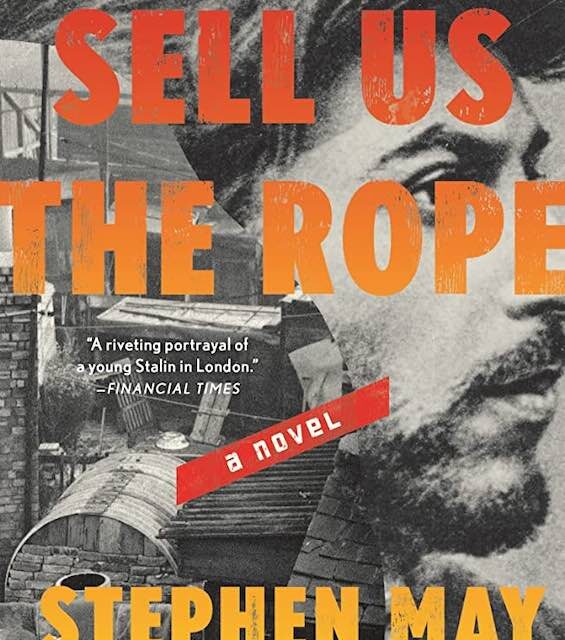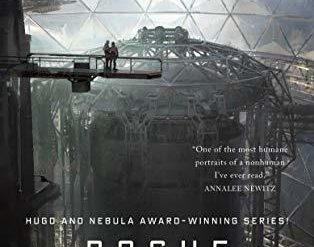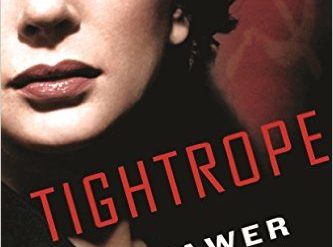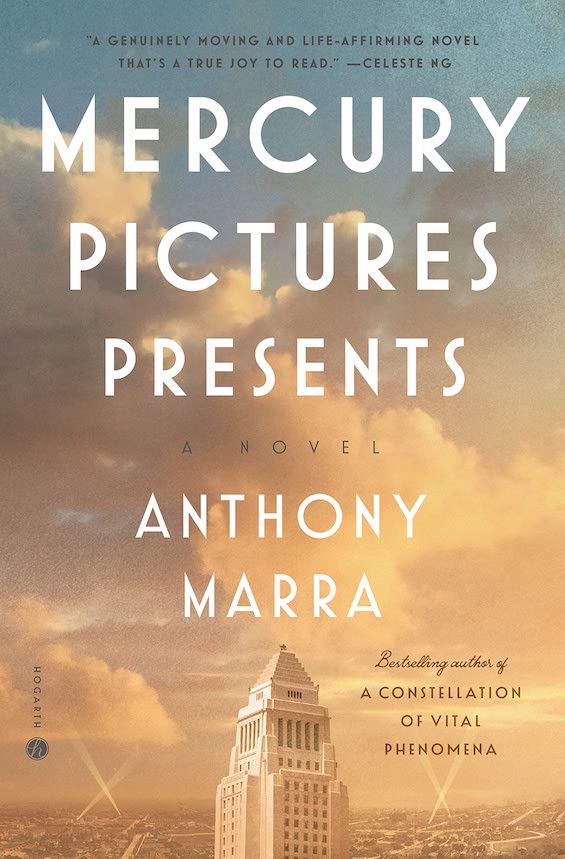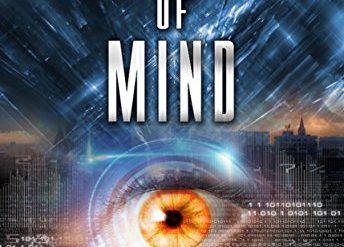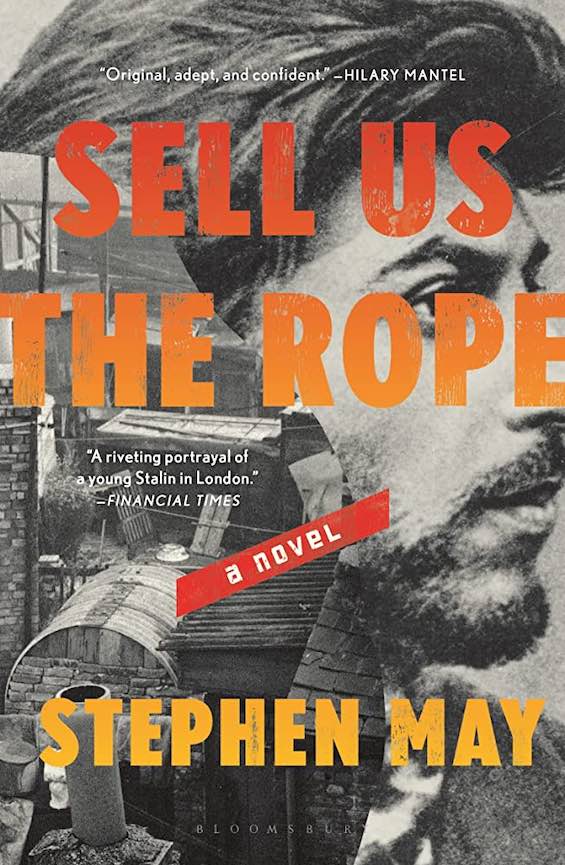
How do you humanize a monster? Perhaps if you dig deeply into his early years, when he was a young revolutionary. As a thug, a bank robber, a killer, to be sure. But decades before he became the all-powerful mass murderer who starved millions of Ukrainians to death, sent millions more to the gulag (or their deaths)—and then led the Soviet Union to victory over Hitler’s legions. And, yes, that was novelist Stephen May’s choice in Sell Us the Rope, giving us a compelling portrait of Joseph Stalin when he was twenty-nine years of age. At the same time, the novel illuminates the early days of the world Communist movement.
Estimated reading time: 4 minutes
A crucial vote threatens young Stalin’s future
In May 1907, the Fifth Congress of the Russian Social Democratic Labor Party convened in London, having been denied permission to meet in Denmark or Sweden. Just four years earlier, at the party’s second congress, two competing factions had formed. The majority (Mensheviks) and the minority (Bolsheviks) struggled for control. (Ironically, the names meant the opposite, since in Russian the Mensheviks were “of the minority.”)
Now, in London, there was no doubt that the more moderate forces held sway. And for the young Bolsheviks led by Vladimir Lenin, a vote they seemed certain of losing was a serious threat. They were broke, but they would be forbidden to continue their practice of “expropriations”—the bank robberies engineered by Joseph Stalin, which was their principal source of funds. And for Stalin himself the vote would threaten his continuing effort to rise into the leadership of the world Communist movement.
Sell Us the Rope by Stephen May (2022) 240 pages ★★★★☆
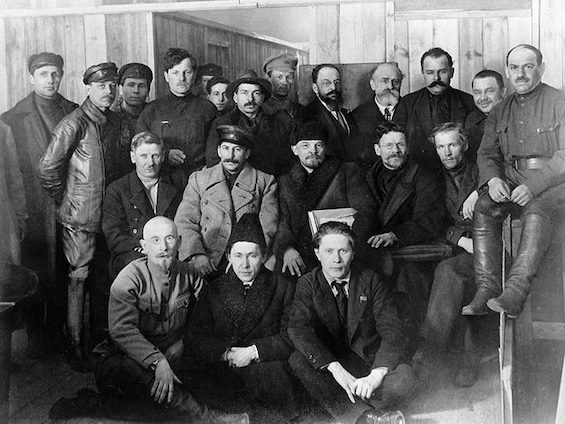
Honoring historical fact—most of the time
May’s account of the early days of the world Communist movement is solidly grounded on historical fact. Most of the principal characters in his story are snatched from the history books. Koba, the nom de guerre of Ioseb Besarionis dze Jughashvili (Stalin). Vladimir Illyich Ulyanov (Lenin). Lev Davidovich Bronstein (Trotsky). The writer Maxim Gorky. And Rosa Luxemburg, the celebrity of the congress. Young Bolsheviks, one and all.
But the author inevitably takes liberties with some of his characters. Records of what they said or thought at the time are scanty. And he’s especially imaginative in his treatment of Elli Vuokko, “the representative of the lathe operators of Tampere” (Finland), whom he elevates into a major character. Vuokko did exist, but little is known about her other than that she was one of the Red Guards of the Finnish Civil War and “was killed as part of a White Army massacre in 1918” at the age of thirty-one. However, in May’s telling, Vuokko—aged twenty at the time—catches young Stalin’s fancy, and he fantasizes about making love with her. (Stalin was married and had a child.)
About the author
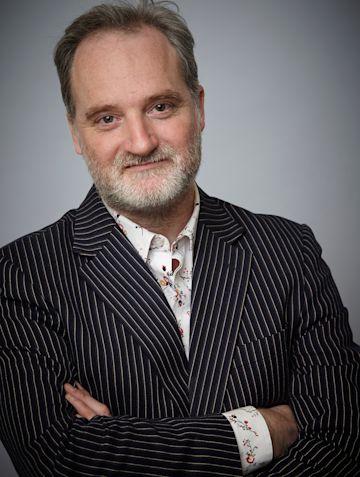
Stephen May is the author of five novels and five plays as well as two textbooks. He also writes for television. May was born in 1964 in southern England and educated at the University of Essex.
For related reading
Earlier, I reviewed another intriguing novel about Stalin: Comrade Koba by Robert Littell (A biography of Joseph Stalin as told by the man himself).
You might also care to check out:
- 20 most enlightening historical novels
- Top 10 great popular novels
- Good books about Vladimir Putin, modern Russia and the Russian oligarchy
- 10 great biographies
And you can always find my most popular reviews, and the most recent ones, on the Home Page.

